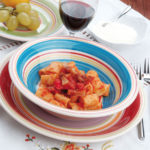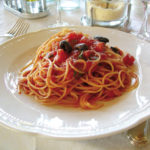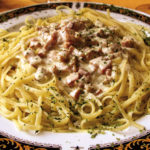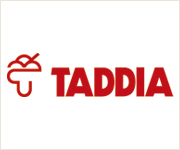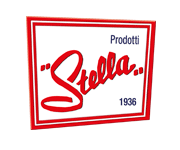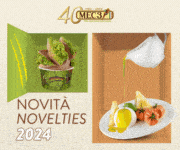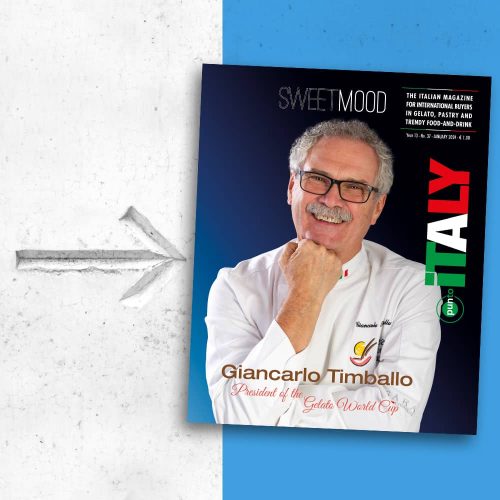Pasta: an historical journey
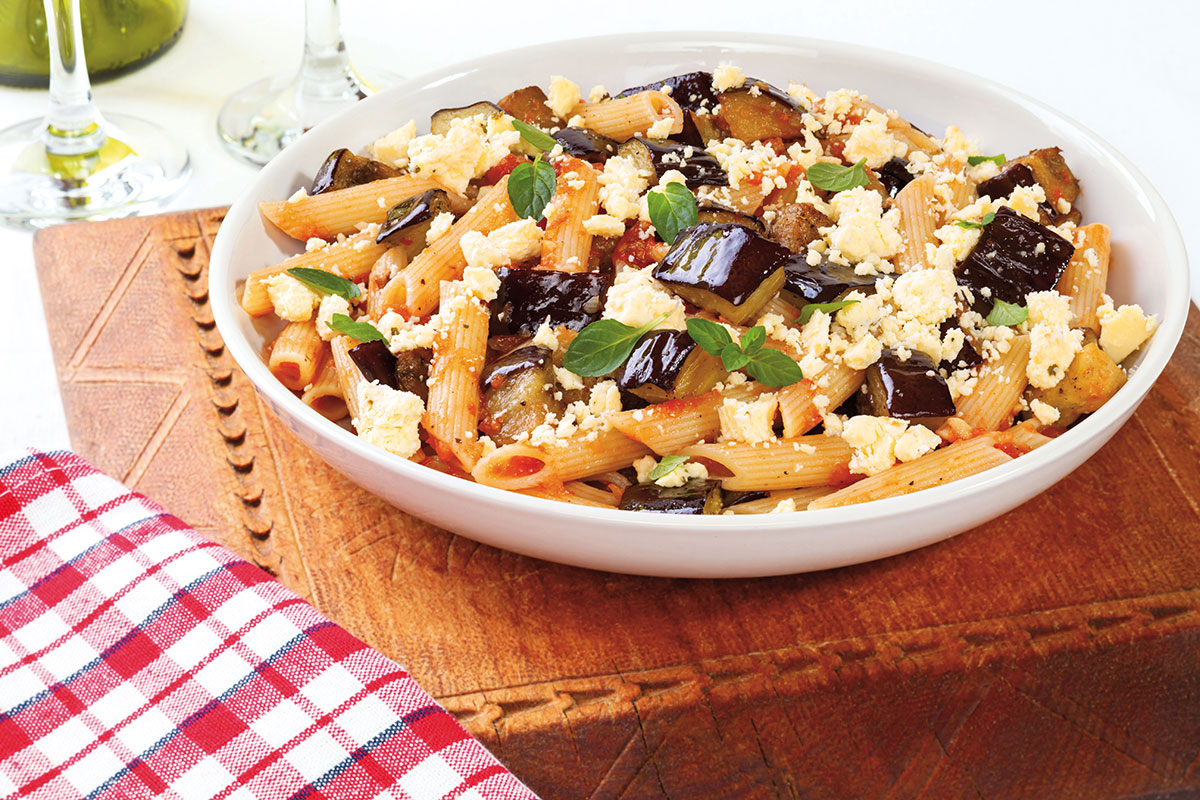
PASTA ALLA NORMA
This dish received its name in honour of Vincenzo Bellini (1801-1835), famous composer from Catania. One of his most famous works was Norma, and this is the name given to the recipe that skillfully combines onion, tomato, eggplant, and ricotta.
There are various interpretations as to the motivation behind the link, which was made before the first performance of the opera at the Scala in Milan on 26 December 1831.
According to some, the reason has to do with the fact that the role of Norma was played by Giuditta Pasta, so it was a small leap to combine her surname with the role she played. Others attribute the origin to an exclamation made at a table of artists after tasting the dish: “Ma questa è Norma!” A rough translation would be, “This is done well!”
To be clear, it must be noted that pasta with fried eggplant, tomatoes, and salted ricotta was nothing new. In fact, there are numerous documents that attest to the recipe’s existence in Sicily before it was called “alla Norma.”
PASTA ALL’AMATRICIANA
The origin of this name goes back to before the year 500. In fact, it seems to have been a dish made by shepherds in the area today known as Amatrice, a town that once fell under the Abruzzo region, and then was transferred to Lazio in 1927 when the province of Rieti was established. Still today, every August, this small town of fewer than 3,000 inhabitants celebrates this pasta dish with festivities in the main square.
Therefore the name of this pasta is simply derived from its presumed birthplace, and it is called either “all’amatriciana” or, outside of Italy, “matriciana.”
The original recipe consisted in spaghetti (or bucatini, vermicelli, or rigatoni) served with hog jowl, pecorino romano cheese, and chili pepper. Only later was tomato added, when it was imported from the Americas.
PASTA ALLA PUTTANESCA
The first records of a pasta served with a sauce very similar to what is today called “puttanesca” date from the early 19th century, when Cavalcanti, in his cooking manual, proposed some popular Neapolitan recipes, including once called “puttanesca.”
The distinguishing aspect of this dish is not so much the recipe but rather the motivation behind the name, which, in Italian means (tastefully translated) “easy woman.”
A first playful interpretation would indicate an origin in the early 20th century, when the owner of a house in the Spagnoli Quarter in Naples had started offering clients this quick and simple dish.
Another point of view focuses on the underwear of the call girls, who wore brightly coloured undergarments, thus linking the strong colours with the sauce that took their name: green parsley, red tomato, dark purple olives, grey-green capers, and bright chili peppers.
PASTA ALLA CARBONARA
According to tradition, the basic ingredients for this dish are eggs, hog jowl, parmesan cheese, pecorino cheese, lard (today olive oil), garlic, black pepper, and naturally pasta, spaghetti or penne.
The most accepted hypothesis regarding the origins of “carbonara” is that it was the dish eaten by lumberjacks of central Italy who travelled into the Apennine mountains to make charcoal (“carbone” in Italian) from wood.
This activity then became the source of the name of one of Italy’s most famous traditional dishes.
It is true, however, that this dish boasts an infinite number of alternative origin stories, the most famous claiming that the source of the name was a Roman innkeeper who, 50 years ago, gave the name of his previous trade to the dish. Others link the dish’s origins to the presence of Americans after World War II and the arrival of eggs and bacon in significant quantities on Italian tables. Finally, there are those who attribute the recipe to a noblewoman of Polesine, who in the 1800s hosted meetings for the members of the Carbonari secret society.
Recent Blog Posts
 Medac and AIFA: Hip hip hooray for Charles!
Medac and AIFA: Hip hip hooray for Charles! Sigep 2024 - Carpigiani’s special events with a look at the “green” future of Gelato and pastry
Sigep 2024 - Carpigiani’s special events with a look at the “green” future of Gelato and pastry Maurizio Manzi, as Ambassador for AIG, at the Melbourne Italian Festa
Maurizio Manzi, as Ambassador for AIG, at the Melbourne Italian Festa Medac awarded with the EcoVadis gold medal
Medac awarded with the EcoVadis gold medal MIG Longarone and SIRHA Budapest: a new dynamic space for italian gelato
MIG Longarone and SIRHA Budapest: a new dynamic space for italian gelato Medac supports Alice Italian Food Academy
Medac supports Alice Italian Food Academy The Gelatissimo 2024 online ticket office is officially open.
The Gelatissimo 2024 online ticket office is officially open. Casa Optima Group looks for two exclusive agents
Casa Optima Group looks for two exclusive agents Gelatissimo 2024: here the first information
Gelatissimo 2024: here the first information Ci Gusta opens a new store into the “Il Mercato Eat&Meet” in Reggio Emilia
Ci Gusta opens a new store into the “Il Mercato Eat&Meet” in Reggio Emilia

